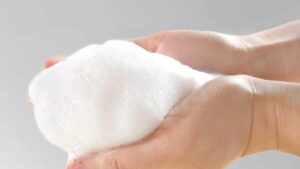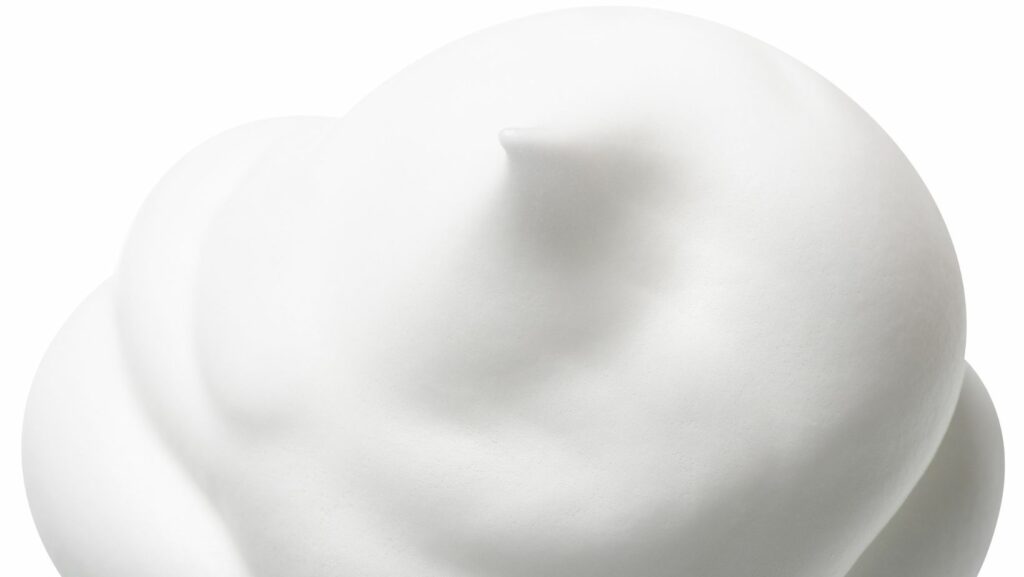Ever wondered how to add a touch of creativity to your DIY projects? Foam for crafts might just be the secret ingredient you’ve been missing. It’s an incredibly versatile material, perfect for everything from festive decor to educational toys.
In the world of crafting, foam opens up a world of possibilities. It’s easy to work with, affordable, and available in a rainbow of colors. Whether you’re a seasoned DIY enthusiast or a crafting newbie, foam is a fantastic addition to your toolkit.
Foam for Crafts
 As someone deeply passionate about crafting, I am excited to delve deeper into different types of foam and their unique characteristics that make them suitable for crafting purposes.
As someone deeply passionate about crafting, I am excited to delve deeper into different types of foam and their unique characteristics that make them suitable for crafting purposes.
Also known as PE foam, Polyethylene Foam for crafts showcases firmness coupled with durability, characteristics that crafters value. It’s highly resistant to mold, bacteria, and rot, underlining its longevity. Polyethylene foam is highly versatile, allowing for easy manipulation in varying craft projects, say making miniature landscapes or sturdy props for plays.
Polystyrene Foam
Another interesting type for crafters is Polystyrene Foam. You’d find it in forms such as expanded polystyrene (EPS), extruded polystyrene (XPS), or Foam for crafts balls. Polystyrene foam exhibits a lightweight nature, an attribute beneficial in constructing floating crafts and lightweight décor. Furthermore, its smooth surface allows for clean cutting, sanding, and painting.
Polyurethane Foam
Lastly, Polyurethane Foam, also known as upholstery foam, wins craftsmen over with its softness and elasticity. This foam type excels in applications requiring a plush finish like cushions, puppetry, or stuffed toys. An added advantage is its ability to retain shape even after extensive compression, a trait that lends longevity to crafted projects.
Benefits of Using Foam in Crafting
In the realm of crafting and DIY, foam plays a central role like a hero, harboring a multitude of advantages. It serves as a versatile, lightweight, and easy-to-manipulate material, transforming dreams and ideas into tangible creations.
Versatility in Projects
Foam’s versatility takes center stage in the crafting world, lending itself to a range of projects. It’s a chameleon, adapting to the needs of numerous applications. You’ll find Foam for crafts in everything from festive decor to educational toys, and even miniature landscapes and sturdy play props. It also holds its ground in floating crafts or lightweight decor, proving its compatibility with various craft requirements. In essence, whatever you imagine, foam provides the perfect canvas to bring your vision to life.
Lightweight and Easy to Manipulate
Weighing in on foam’s advantages, one can’t overlook its lightweight nature and ease of manipulation. Demonstrating this trait, Polystyrene Foam emerges as a frontrunner, making it the go-to choice for crafters. Its lightweight feature combined with a smooth surface makes the crafting process less strenuous, helping you effortlessly shape, carve, or mold your creation.
Choosing the Right Foam for Your Project
 In this part of the discourse, I aim to guide you through a selection and nuance understanding for foam apt for your DIY project. We’ll delve into the specifics of density, rigidity, finishing, and paintability. Let’s dive in!
In this part of the discourse, I aim to guide you through a selection and nuance understanding for foam apt for your DIY project. We’ll delve into the specifics of density, rigidity, finishing, and paintability. Let’s dive in!
An understanding of density and rigidity matters when it comes to choosing foam for your project. Foam density primarily refers to how compact the foam’s cells are. Thin foams like Craft Foam have low density. They’re suitable for light crafts like festive decorations. In contrast, high-density foams have more compact, closely packed cells, sometimes seen in Polyethylene Foam.
Simultaneously, rigidity affects the stiffness of foam. You’ll see greater rigidity in Polystyrene Foam, often used to create rigid, hard-to-bend craft pieces, such as miniature landscapes.
Foam Finishing and Paintability
While foam’s physical properties determine its suitability for a project, the finish and ability to hold paint certainly impact its aesthetics. Foam for crafts finishing could range from smooth to textured, influencing both the look and feel of the craft piece.
Smooth finishes, seen in Polystyrene Foam, allow for detailed painting, vital in projects requiring fine artwork. Alternatively, textured finishes, common in Polyurethane Foam, can give a unique tactile experience to craft pieces and are ideal for projects where high levels of details aren’t necessary.



